

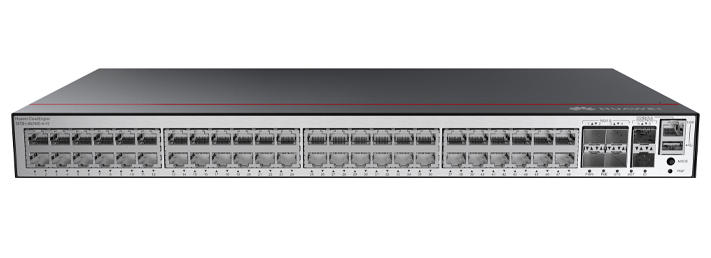

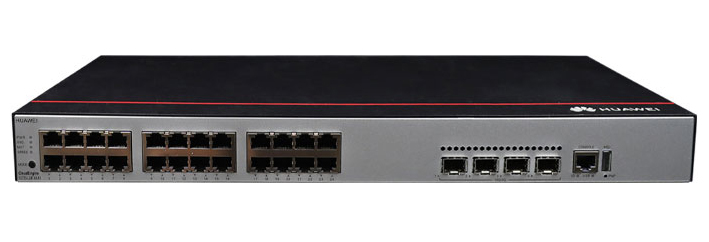

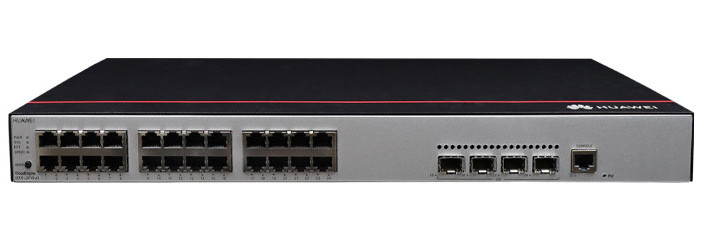
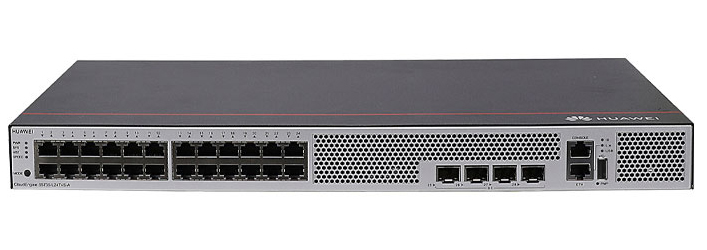
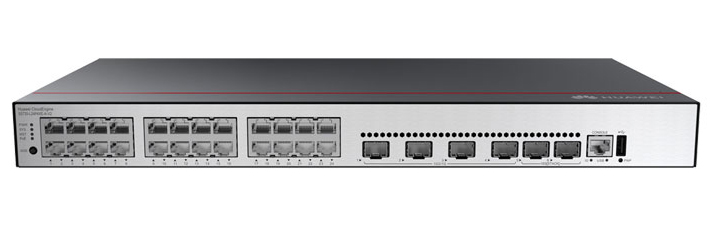
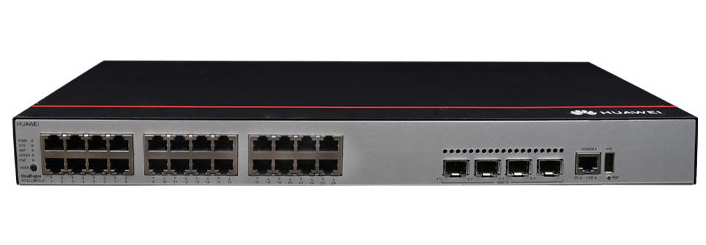




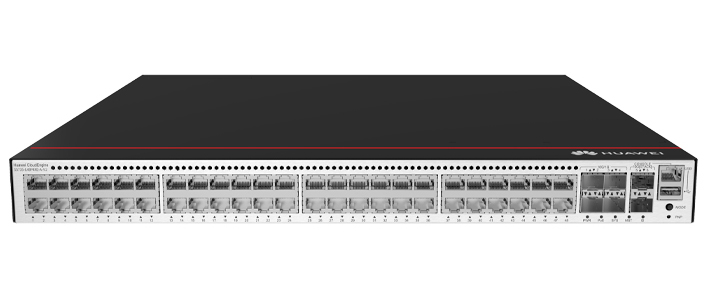



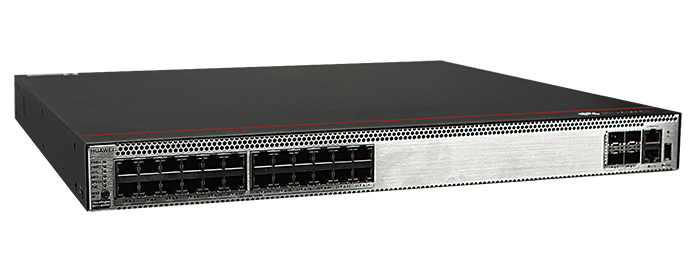













As remote work rose sharply during the COVID-19 pandemic, many businesses sought ways to keep track of workers no longer in the direct sight of managers. Now, with remote work strategies still in place - and office re-openings being pushed back - the use of monitoring tools continues to grow.
In fact, the use of new and increasingly powerful technologies to manage and monitor workers has become so common that there are growing calls for regulators in the U.K. and U.S to update rules to protect employees.
"We have seen a significant increase of interest in employee monitoring technology through the pandemic," said Helen Poitevin, VP analyst at Gartner focusing on human capital management technologies. "This continues as organizations plan for hybrid work environments, with employees working more flexibly from home and at the office."
Technological innovation has largely outpaced existing employment and equality legislation, said Andrew Pakes, director of communications and research at UK union Prospect. (Pakes contributed to a recent cross-party government report on AI monitoring and management in the workplace.)
 Prospect
Prospect Andrew Pakes, director of communication and research at Prospect.
He called for a "new set of data rights fit for the digital age" to update safety and employment regulations rolledout in the last century to protect workers in physical spaces. "We're now moving to an era where work is going to be defined much more by data-use and cloud-based digital risks, and we need to reassess our rights in that space," he said.
Digital monitoring is not a new phenomenon for office workers: employers have long been able to monitor communications and web browser history, for example. But in the last 18 months or so it has become more commonplace, and some businesses have turned to productivity monitoring tools to understand what employees are doing when working from home.
Recent surveys have highlighted the trend. An October survey of more than 2,400 employees by Opinium on behalf of Prospect showed that almost a third (32%) of workers are being monitored in their jobs, up from 24% in April.
"The growth of monitoring software has gone from a peripheral issue three or four years ago to a mainstream work issue facing people across all industries and all job types," said Pakes.
There's always been an element of monitoring in the workplace, he said, though that's traditionally involved managers being able to look over their office or walk around a shop floor and see their workers. "A big change now is, with hybrid work ... this level of work control is coming into our private lives and into our homes," he said. "That adds a different level of pressure and stress on people."
A similar survey of employees by the Australia Institute, an Australian think tank, this month found that almost two-fifths (39%) were aware they're being monitored. That figure is echoed by still another survey, conducted by Vanson Bourne for enterprise software vendor VMware; it indicated that 36% of employees knew of monitoring tools installed at their organization or were slated to be.
Those numbers are all significantly lower than the 69% of HR decision makers and 63% of IT decision-makers who said employee monitoring is under way - suggesting a lack of transparency within organizations. "That led us to think that ... where monitoring is happening, it isn't really talked about, or communicated to the employees," said Kevin Strohmeyer, senior director of product management, workspace services at VMware's End-User Computing division.
"That's a red flag for issues around transparency and trust," he said.
Employees are often resistant to monitoring, though less so when they are consulted and given a clear reason for doing so.
In the Prospect/Opinium survey, 52% of respondents said employers should not be able to use webcams, with only 8% agreeing that companies should be able to use webcams as they see fit. And 28% said webcam monitoring is acceptable in some scenarios, such as during meetings or when they've been notified about it prior to use.
The use of monitoring technologies doesn't have to be problematic: when done with due care, tracking work activities can have advantages for both employers and employees, said Poitevin.
There are many reasons an employer might track worker activity, such as for safety reasons or to protect highly sensitive data. Monitoring can also help improve the employee experience and well-being, said Poitevin, because it offers a clear and more immediate snapshot than traditional employee surveys.
"Some organizations deploy these tools because they don't trust their employees are working," said Poitevin. "Others deploy them because they want to make sure employees can work effectively, can be productive, and are not negatively impacting their well-being by working too much or by becoming isolated.
"Those using them with an aim to improve employee experience and well-being may be able to find value in these tools -as long as the purpose and use of the collected data is clear to employees."
Monitoring should be done in conjunction with feedback surveys to collect subjective views on work activities and performance, she added. And it is important to gauge employee attitudes towards the use of monitoring tools, since they can vary across age groups, job functions, and geographies.
Get it wrong and businesses can expect pushback and a negative workplace culture: the VMware/Vanson Bourne survey points to higher employee turnover among organizations that already implement or plan to implement monitoring tools (41%), compared to those that have no plans (23%).
"Organizations that deploy these tools to verify people are working will continue to erode trust," Poitevin said. "Here, the risks far outweigh the benefits."
With the widespread use of digital tools in the modern workplace, there are many ways individual employees can be monitored.
The Vanson Bourne/VMware survey, which was carried out in July and August and involved 7,600 respondents, highlighted several areas of surveillance: monitoring of emails (44%), collaboration tools (43%), and web browsing (41%), as well as the use of video tracking (29%), attention tracking via webcam (28%), and key-logging (26%).
(The other two surveys painted a broadly similar picture of the technologies used.)
There are, however, a wide - and growing - range of methods to track employees and gain insights into working patterns.
More powerful and granular analytics have made it even easier for employers to see where workers are spending their time. Employee monitoring products typically require the installation of a software "agent" on a worker's device that generates analytics relating to the use of applications and websites while working. It's also possible to take regular screenshots, log keystrokes, and more; some tools can even surreptitiously record video and audio from an employee's laptop.
It is not only specialized monitoring software that can track workers; even popular collaboration and productivity tools can now show detailed information about individual and group work patterns.
There's plenty of innovation happening, too, with AI facial recognition and biometric-based emotion detection tools for remote workers on the horizon. Fujitsu, for example, has created an AI algorithm that detects concentration levels by tracking facial expression muscle movement. In a statement earlier this year, the company said its algorithm will be applicable for "online classes, online meetings, and sales activities" as hybrid work continues.
 Fujitsu
Fujitsu Fujitsu's AI model detects the movement of small muscles on a subjects face, estimating concentration levels with an 85% accuracy rate.
Earlier this year, Microsoft patented emotion detection software to monitor employee wellbeing based on various biometric inputs, including voice and heartrate. The data is then used to create an employee "anxiety score" and suggest actions such as taking a break from drafting an email when stressed.
These are just examples of monitoring of white-collar jobs that involve using a laptop and in various customer-facing and frontline jobs. Digital employee monitoring is already commonplace in various frontline and customer-facing job roles, with many warehouse workers required to use wearable tracking devices, for instance, while truck drivers are routinely tracked via GPS. many warehouse workers are required to use wearable tracking devices, for instance, while truck drivers are routinely tracked via GPS.
 Coworker
Coworker Wilneida Negr
 Горячие метки:
Малый и средний бизнес
Программное обеспечение для совместной работы
Программное обеспечение для повышения производительности
Дистанционные работы
Конфиденциальность информации
Горячие метки:
Малый и средний бизнес
Программное обеспечение для совместной работы
Программное обеспечение для повышения производительности
Дистанционные работы
Конфиденциальность информации